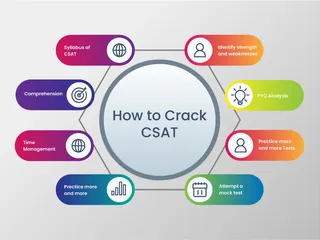Geographic Information Management (GIM) encompasses the strategies, technologies, and processes used to effectively manage geographic data. It's closely related to, but broader than, Geographic Information Systems (GIS). While GIS focuses on the software and technology for managing spatial data, GIM encompasses the broader organizational and strategic aspects, including data governance, data quality, and the integration of geospatial information into decision-making processes.
Key Aspects of GIM:
- Data Acquisition and Collection: This includes methods like surveying, remote sensing, and crowdsourcing.
- Data Storage and Management: Efficiently storing and managing vast amounts of geospatial data using databases and spatial data infrastructures (SDI).
- Data Analysis and Visualization: Using GIS software and other tools to analyze data and create maps and other visualizations.
- Data Integration and Interoperability: Combining data from various sources and ensuring seamless data exchange.
- Data Governance and Quality Control: Establishing standards and procedures to ensure data accuracy, consistency, and accessibility.
- Data Security and Privacy: Protecting sensitive geospatial data from unauthorized access.
Applications of GIM:
GIM is used across diverse sectors, including:
- Urban Planning and Development: Analyzing land use, transportation networks, and infrastructure.
- Environmental Management: Monitoring environmental changes, managing natural resources, and predicting disasters.
- Public Safety and Emergency Response: Optimizing emergency services and responding to crises more effectively.
- Business and Commerce: Optimizing supply chains, targeting marketing campaigns, and understanding customer location.
Further Research:
For more in-depth information, consider exploring resources from reputable organizations:
- Esri (A leading provider of GIS software and resources)
- OGC (Open Geospatial Consortium) (Develops open standards for geospatial data)
- GIS Lounge (A comprehensive resource for GIS information)
This information provides a basic understanding of GIM. Further research into specific aspects will provide a more complete picture.
















 (24)jpeg-1722421859875.jpeg.webp)






